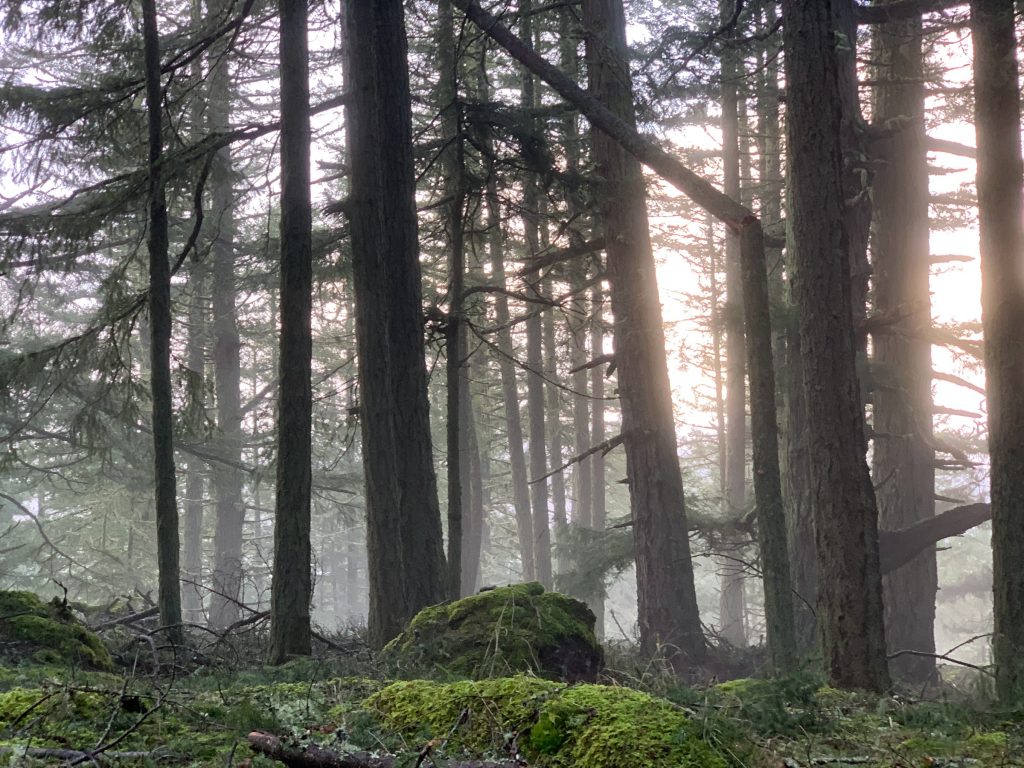 A study led by James Johnston at Oregon State University says that there may be a way to control and limit wildfires through mechanical thinning.
A study led by James Johnston at Oregon State University says that there may be a way to control and limit wildfires through mechanical thinning.
Mechanical thinning is the practice of using commercial equipment to fell and remove any trees that are up to 53 centimeters in diameter at the breast height of the tree, or roughly 4.5 feet from ground level. Any trees that are too small for commercial use are cut by hand after the initial mechanized pass is made.
The study’s findings directly address an issue that’s been on the congressional “to-do” list for nearly 20 years. Reducing accumulating fuels for fires on federal forest land has been that major goal, which may now have a solution thanks to this process.
While some may raise their eyebrows at the concept of a “prescribed fire,” Johnston says they’re vital to helping reduce potential forest fire fuel.
“Although the models show that thinning alone moderates fire behavior for a number of years,” he said in an OSU press release, “prescribed fire is still a key tool for meeting fuel reduction and fire management objectives in the ponderosa pine forests of the southern Blue Mountains and elsewhere.”
This is important in areas controlled by the National Forest Service, as according to Johnston, prescribed fires in national forests have been minimal for the past 20 years. He attributed this to, “Shortfalls in the U.S. Forest Service capacity, a risk-averse agency culture, and regulatory constraints on smoke.”
With the massive boom of Oregonian wildfires to likely become the norm, finding ways to reduce fuel for them to burn is of the utmost importance.
Roughly 130 years ago, the increased logging of older and more fire-resistant trees, alongside a cultural shift in what is harvested, as well as where and how, has brought a much heavier density of trees to burn.
“Those changes along with a warming climate have led to increasingly large, fast-moving, stand-replacing fires that have significant negative impacts on old-growth habitat, water quality, and human infrastructure,” said Johnston.
While their research focused on mechanical thinning alongside prescribed burning in the southern Blue Mountains, the area is still in need of regulation and work to make it ready for next year’s wildfire season.
“Less than one-fifth of the area treated with mechanical thinning in the southern Blues has also been treated with prescribed fire,” Johnston said. “Prescribed fire has been significantly slowed by budget constraints, local opposition to fire use, and restrictions imposed by COVID-19 response measures. But our modeling shows thinning can do a lot on its own in terms of rate of fire spread, flame length, and crown fire potential.”
And this won’t be the only area that could be saved, according to another paper by Johnston in tandem with OSU colleague Chris Dunn and John Hogland of the U.S. Forest Service. The Malheur National Forest could be restored to ecologically ideal conditions through commercial harvesting of timber and woody biomass.
By Ethan Hauck
Do you have a story for The Advocate? Email editor@corvallisadvocate.com


